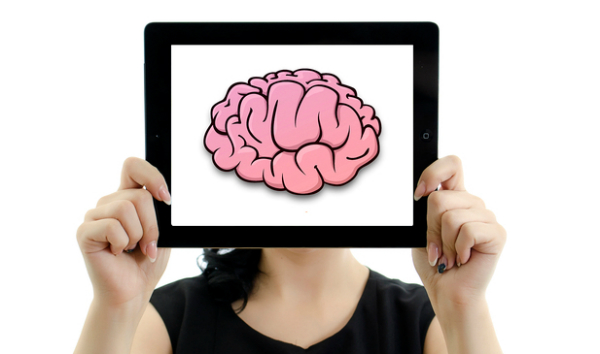
The sun is shining, the birds are singing and you’re in a great mood but your bowels? Not so much. Irritable Bowel System (IBS) affects roughly 20% of the population. IBS is a gastrointestinal disorder that does not harm the gastric system but does cause discomfort and embarrassment.
Women are twice as likely as men to be diagnosed with IBS. Unfortunately, the causes of IBS are somewhat murky. A combination of mental and physical factors can lead to IBS but it’s impossible to predict.
For many, diet is a critical component in the trigger and relief of IBS symptoms. Food allergies account for a significant amount of IBS-related discomfort. Keeping a food diary can help you figure out what foods are problematic.
In general, IBS sufferers should avoid or moderate intake of greasy food, dairy, whole grains, raw fruit, vegetables, artificial sweeteners, carbonated beverages, alcohol, spicy food, nuts, seeds and chocolate. While many of these items are part of a balanced diet, they tend to be harder on the gastrointestinal tract. According to Dr. Mark Hyman,
A landmark paper, was recently published in the prestigious British medical journal Gut that found eliminating foods identified through delayed food allergy testing (IgG antibodies) resulted in dramatic improvements in IBS symptoms. Another article, an editorial in the American Journal of Gastroenterology, stated clearly that we must respect and recognize the role of food allergies and inflammation in IBS.”
Food allergies aside, what can you eat safely?
Fruits such as bananas, honeydew melon, mandarin oranges, raspberries and strawberries are easily digestible.
Focus on vegetables like bell peppers, bok choy, corn, eggplant, sweet potatoes, and carrots. These options are less fibrous than some of their counterparts and are therefore easier to digest.
Whole grains can trigger (or worsen) IBS symptoms. Stick to gluten-free products or oats.
Fiber is an essential part of every diet but it’s especially important for IBS sufferers in order to keep “things moving.” The trick is consume sources of fiber that are gastrointestinal-friendly.
If you are diagnosed with irritable bowel syndrome, talk with your doctor about the relationship between food allergies and IBS. A few lifestyle changes may help your irritable bowels become a little less… well, irritable.











 If you’ve ever experienced sudden and profuse sweating, you’ve probably had a hot flash. If your family is wearing sweaters indoors mid-summer, you just might be experiencing “nature’s change.” Can’t unload the dish washer without burning up? Yep, hot flashes.
If you’ve ever experienced sudden and profuse sweating, you’ve probably had a hot flash. If your family is wearing sweaters indoors mid-summer, you just might be experiencing “nature’s change.” Can’t unload the dish washer without burning up? Yep, hot flashes.


